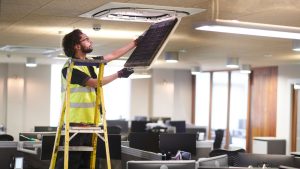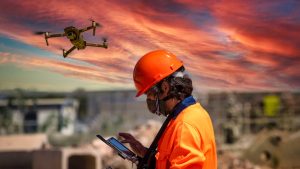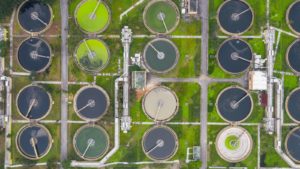In this article, we explore how smart meter technology plays a key role in bringing the sustainable water supply map to life.
We will look into
- What is the Water Sector’s Sustainability Crisis?
- Digital Transformation through Smart Metering Technology
- Smart Water Platform: The Heart of the Innovation
- Operational Efficiency through Synergy and Collaboration
- Benefits of the Smart Meter Synergy
- Keeping the Green Blueprint in the Water Domain with Smart Meter Technologies
What is the Water Sector's Sustainability Crisis?

- This particular crisis keeps growing worse as climate change, drought, and rising population growth put serious pressure on environmental systems and groundwater flows. These natural sources cannot recharge fast enough, and as cities grow, they demand more water than the environment can safely supply.
- At the same time, regulatory pressure and a strong legislative push force water providers to meet new rules around clean water, conservation, and accountability. People now care more about social relevance, expecting water services to support fair access, transparent reporting, and smart use of natural resources through circular resource use.
- Traditional systems built for drinking water distribution, water sanitation, and infrastructure management cannot keep up with modern expectations because they depend on outdated, manual operations. On top of that, these systems do not track leaks well, waste too much water, and cannot adjust to sudden changes in demand.
- That is why the industry needs broad resource planning that prepares for future water needs and builds supply reliability into every step. Without coordinated action across the sector, water utilities risk falling behind both environmental demands and public trust.
- As challenges grow, only smart, future-ready planning can protect water’s value in a changing world.
Digital Transformation through Smart Metering Technology
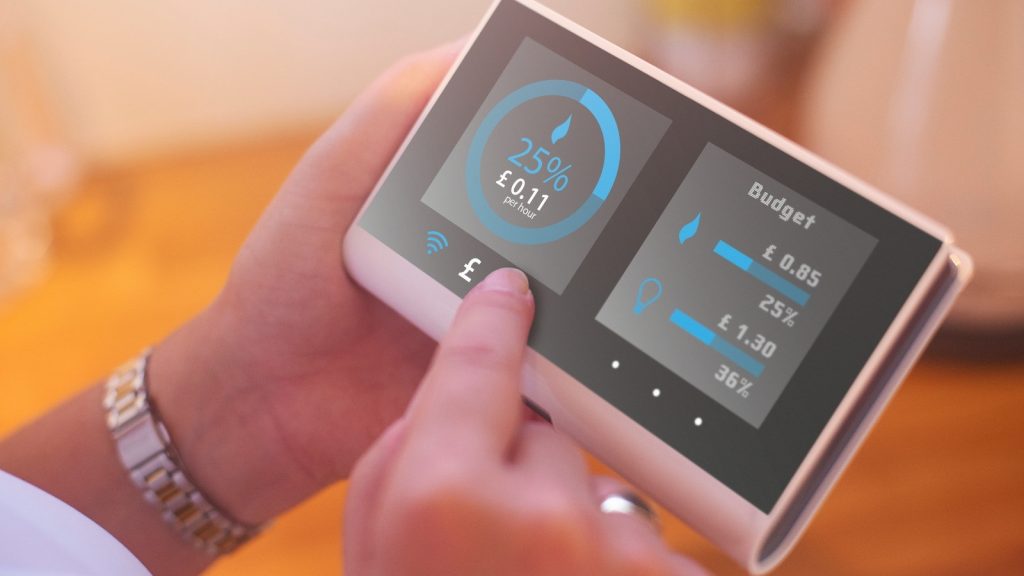
- The drive for the digital transformation in the water sector now depends heavily on using smart meters. As we see, the industry has extended its strategies towards smart metering technology, or the digital water meters, to modernise how utilities track and manage water.
- These tools collect real-time data and detailed meter readings, and they simply help utilities understand water usage patterns as they occur. With real-time monitoring, systems can quickly respond to sudden changes and flag unusual meter events like spikes or drops in flow.
- That kind of visibility makes it easier to spot leaks, waste, or even equipment issues before they get worse.
- Also, it is a good thing that utilities now rely on predictive maintenance backed by AI (Artificial Intelligence) and ML (Machine Learning) to study data trends and know exactly when to fix or replace parts. With such strategies, there will be no more waiting for breakdowns.
- On top of that, tools that forecast water consumption help utilities plan better and avoid running short during high-demand seasons. For users, this shift brings big benefits. Smart meters now support automated billing based on actual use, not estimates, which means fewer surprises.
- Plus, real-time leak detection and easy access to water data through a customer portal give people more control over their usage and costs. In one way, this change improves operations; in another way, it builds a smarter path to manage water for the future.
Smart Water Platform: The Heart of the Innovation
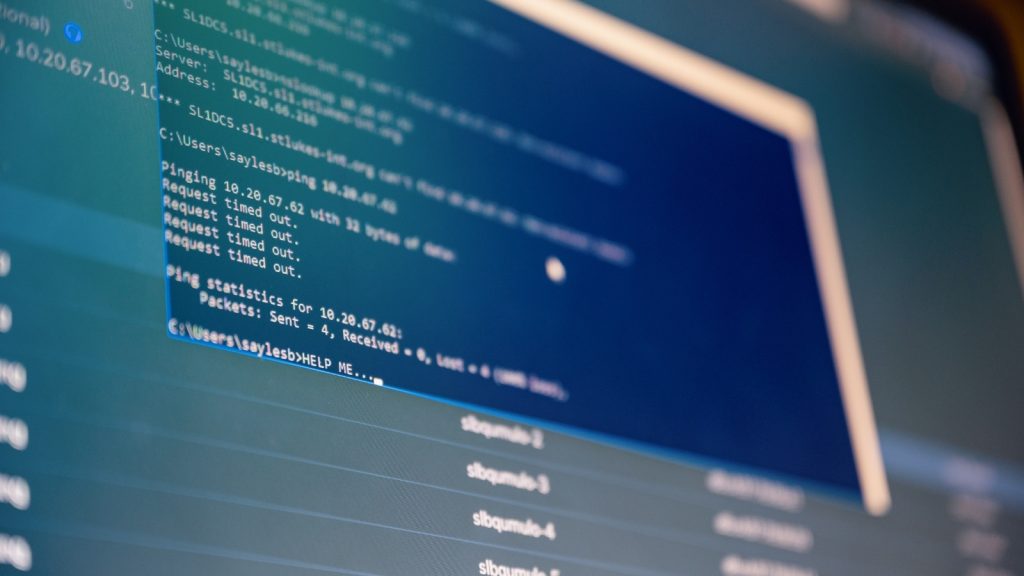
The smart water platform is sitting at the heart of water industries, varying from treatment plants to distribution centres to municipal councils. The latter works as a powerful cloud-based system and a digital meter-independent platform that handles modern water operations with ease.
It uses future-proof technology to keep up with growing needs, while tools like data visualisation, analytics, and real-time monitoring and validation help water utilities stay sharp and responsive.
The platform tracks events and alerts, making it easier to catch issues early. It also allows integration with external systems such as head-end systems, SCADA, and Data as a Service (DaaS) providers. Therefore, it gives the water industry a full view of water flow and system health without limits or delays.
Operational Efficiency through Synergy and Collaboration
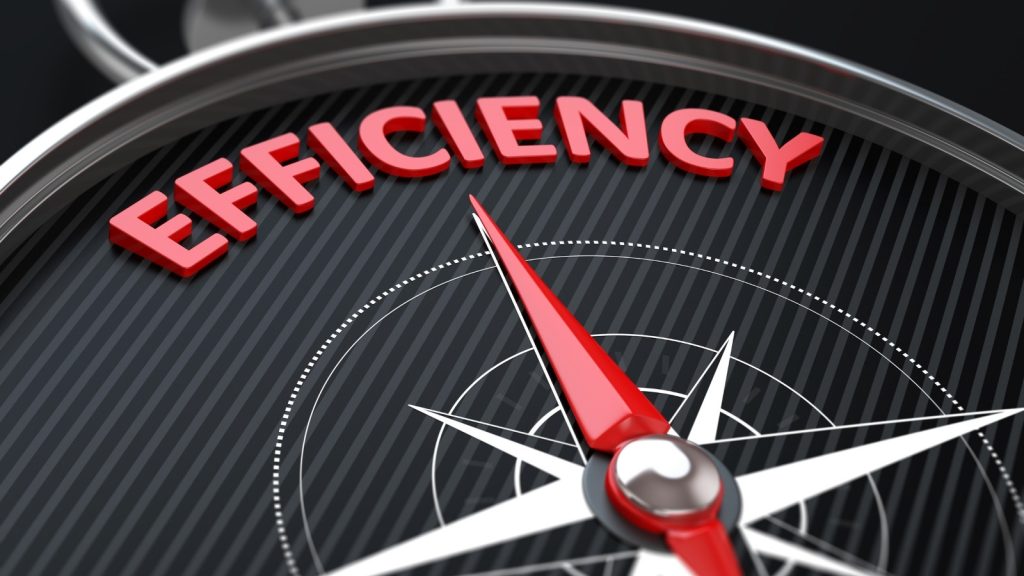
- As the newest perspective, this grows stronger when water utilities focus on sector collaboration and joint tendering to push new ideas into action.
- Water industry and companies that use common operating models, shared platforms, and real-time knowledge sharing cut down delays and remove repetitive efforts, which helps drive cost reduction and makes room for better planning.
- These shared efforts lead to the setup of smart hubs like the Meter Operation Centres and the ICT Service Centres, where teams handle tech, data, and services in one place. This mix of teamwork and shared tools keeps operations sharp, supports energy efficiency, and helps utilities get more done with fewer resources.
- As a result, everyone works faster, spends less, and moves toward a smarter, cleaner way of running things.
Benefits of the Smart Meter Synergy
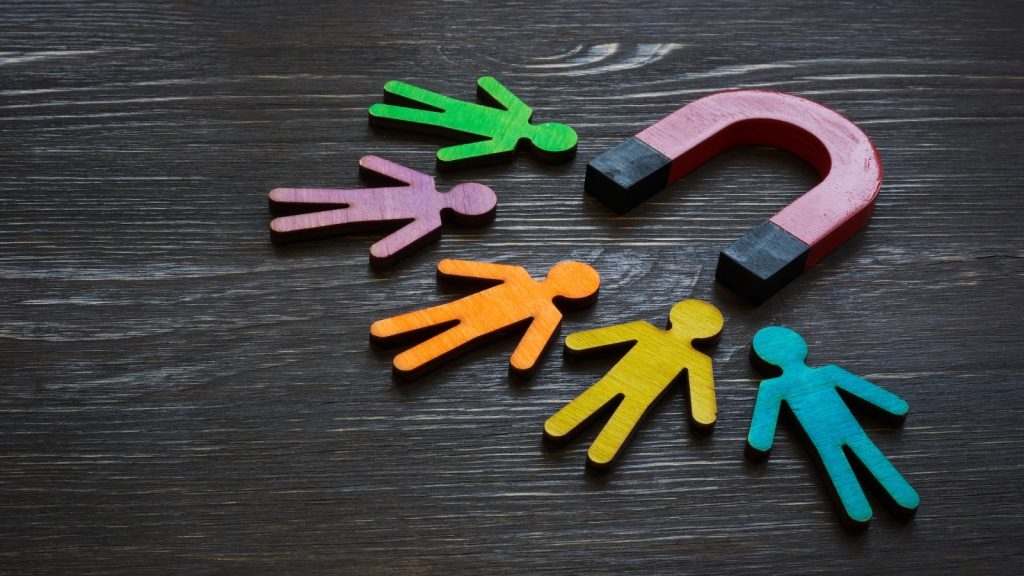
Real-Time Decisions for Smarter Resource Use
When water utilities use smart meters, they gain instant insights through real-time data and real-time monitoring. These tools help operators act fast when problems show up, like leaks or sudden usage spikes. This approach supports sustainable water usage because it cuts down waste and keeps water flowing only where people actually need it.
Lower Waste, Higher Efficiency
Smart systems track water usage patterns and detect hidden problems like non-revenue water or faulty equipment. With features like predictive maintenance and meter events, utilities fix issues before they become costly. This not only helps reduce water waste but also improves energy efficiency. Ultimately, it makes every drop and watt count for the planet and the budget.
Smarter Infrastructure Management
Water providers tend to face issues with supply infrastructure and groundwater flows. This is where the smart meter synergy supports better infrastructure management through analytics, alerts, and smarter planning. Maintenance teams can use data to plan repairs, understand system health, and deal with pressure from climate change or drought, all while making sure communities keep access to safe, clean water.
Supports Long-Term Sustainability Goals
With the help of a cloud-based system, data visualisation, and integration with external systems, water utilities can shape decisions that match their resource planning and sustainability strategies. This synergy also supports circular resource use, where nothing goes to waste. Together, the tech and teamwork move the water sector closer to real, lasting change that fits both social needs and the planet.
Keeping the Green Blueprint in the Water Domain with Smart Meter Technologies
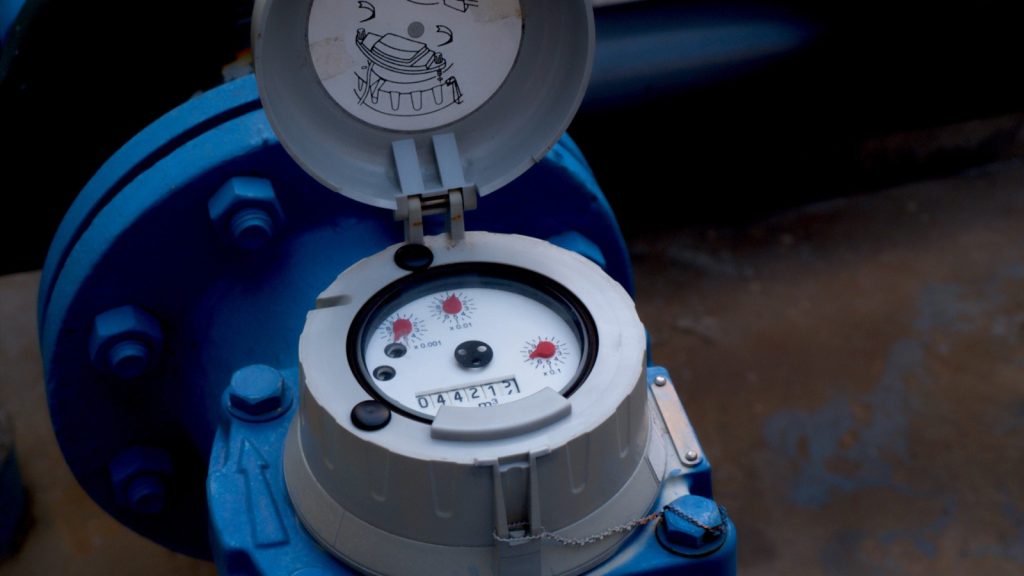
If you look into the water statistics, you will see that over 40% of global freshwater disappears unnoticed through leaks and inefficiencies. It is indeed a staggering waste that affects sustainability, yet it can be addressed through smart meter technologies embedded with smart tools. With its intelligent offerings, such as real-time data and precision in meter readings, water utilities have more than 95% potential to predict failures before they occur, automate billings, and spread the importance of water conservation among the public. This level of digital transformation is what protects the sustainability initiatives of the water domain as a powerful shield. This green framework starts with ‘Smart Meter Technology’ today to build a transparent and accountable water supply mechanism.

